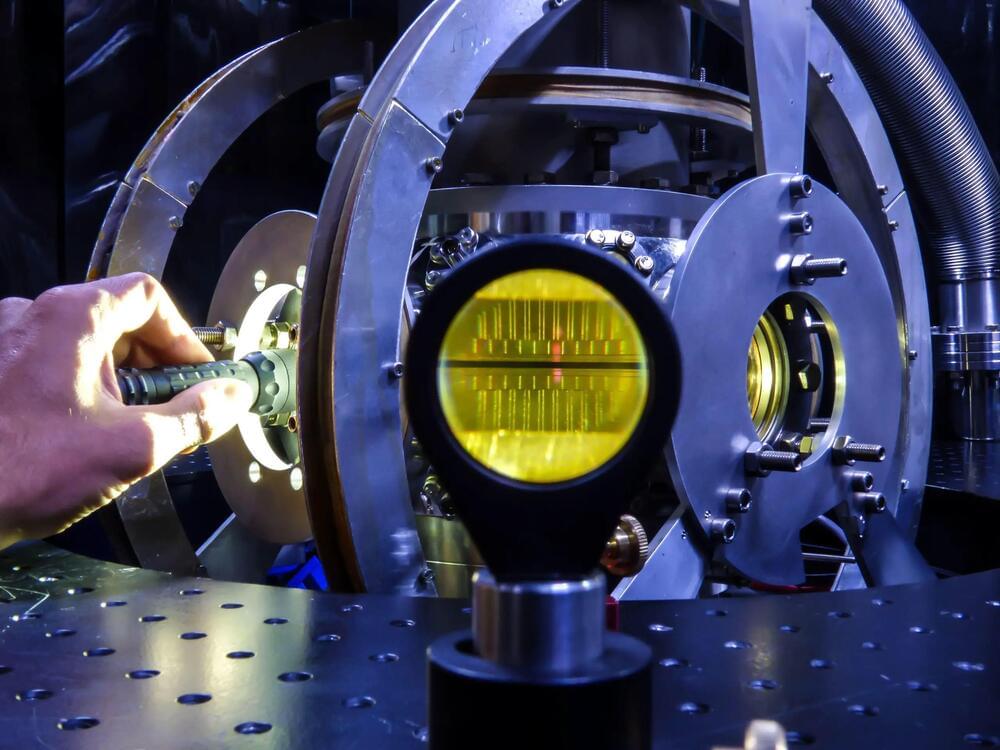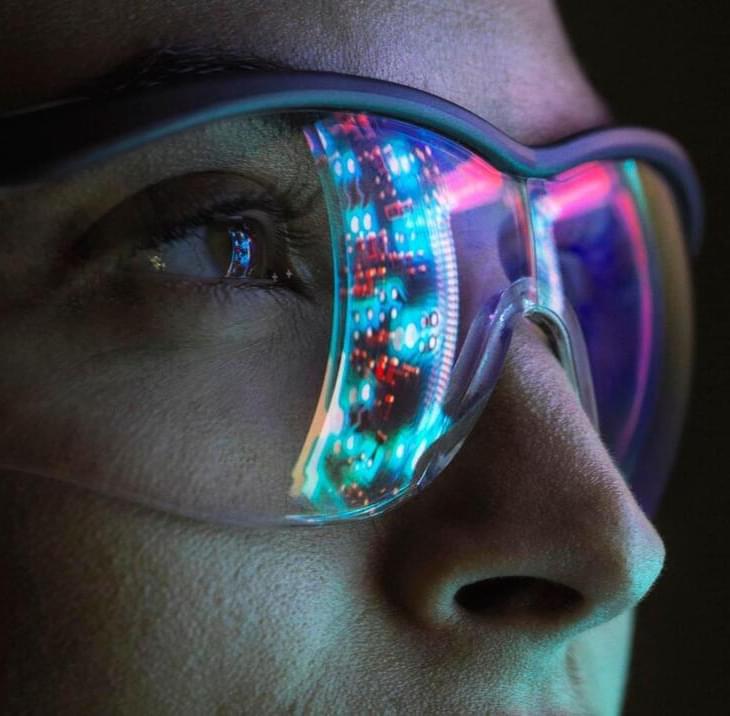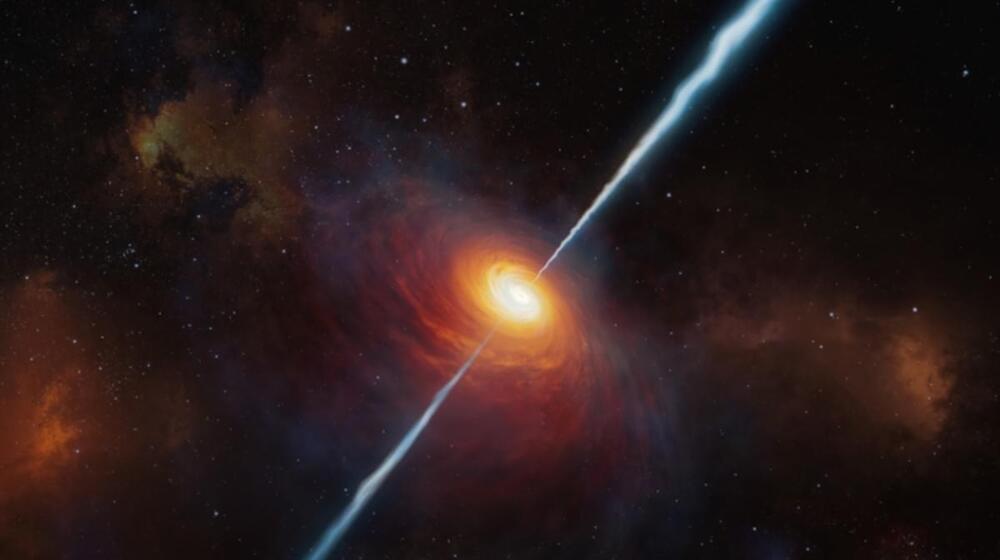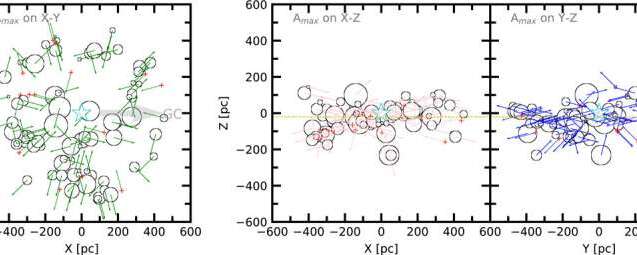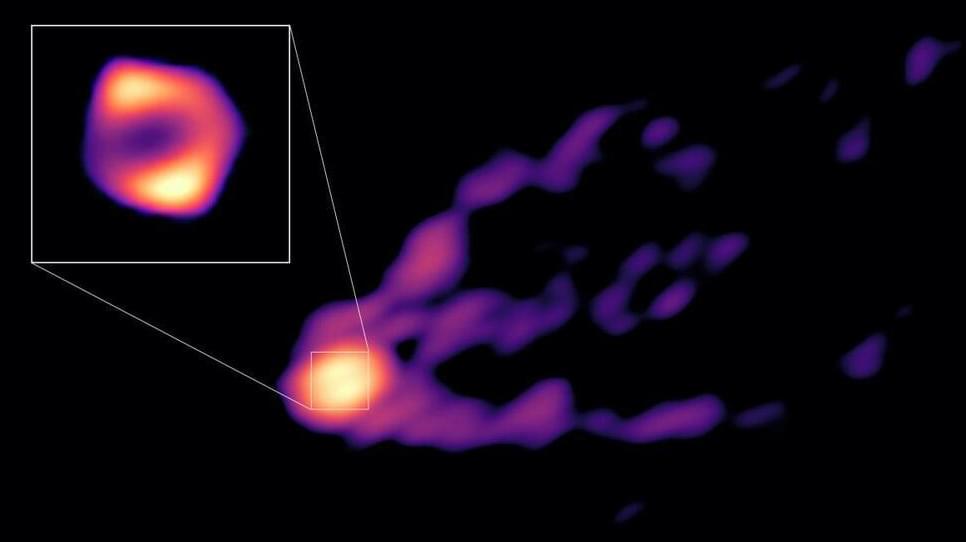In the realm of computing, information is usually perceived as being represented by a binary system of ones and zeros. However, in our everyday lives, we use a decimal system consisting of ten digits to represent numbers. For instance, the number 9 in binary is represented as 1,001, requiring four digits instead of just one in the decimal system.
Today’s quantum computers have emerged from the binary system, but the physical systems that encode their quantum bits (qubits) have the capability to encode quantum digits (qudits) as well. This was recently demonstrated by a team headed by Martin Ringbauer at the University of Innsbruck’s Department of Experimental Physics. According to experimental physicist Pavel Hrmo at ETH Zurich: “The challenge for qudit-based quantum computers has been to efficiently create entanglement between the high-dimensional information carriers.”
In a study published on April 19, 2023, in the journal Nature Communications.
